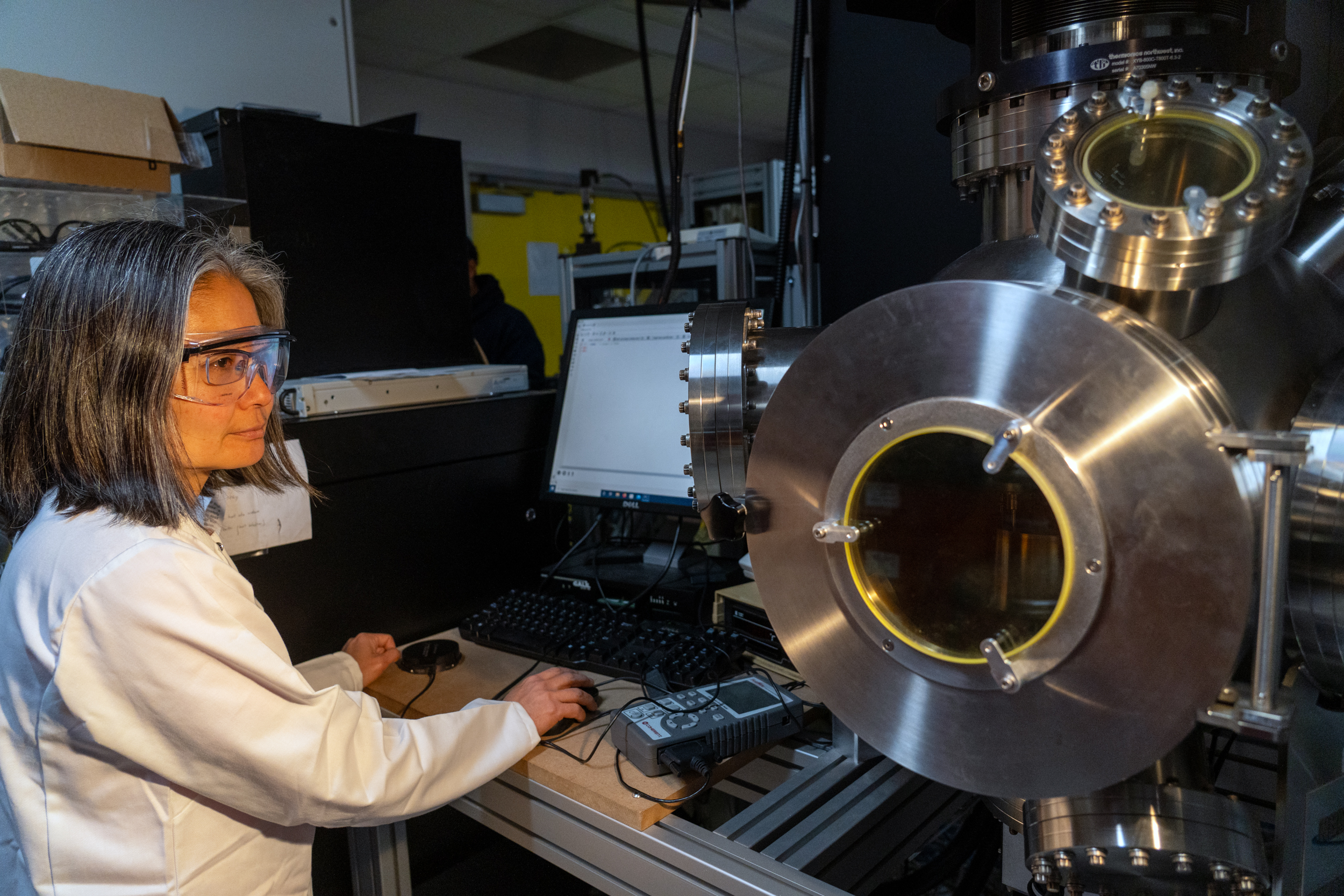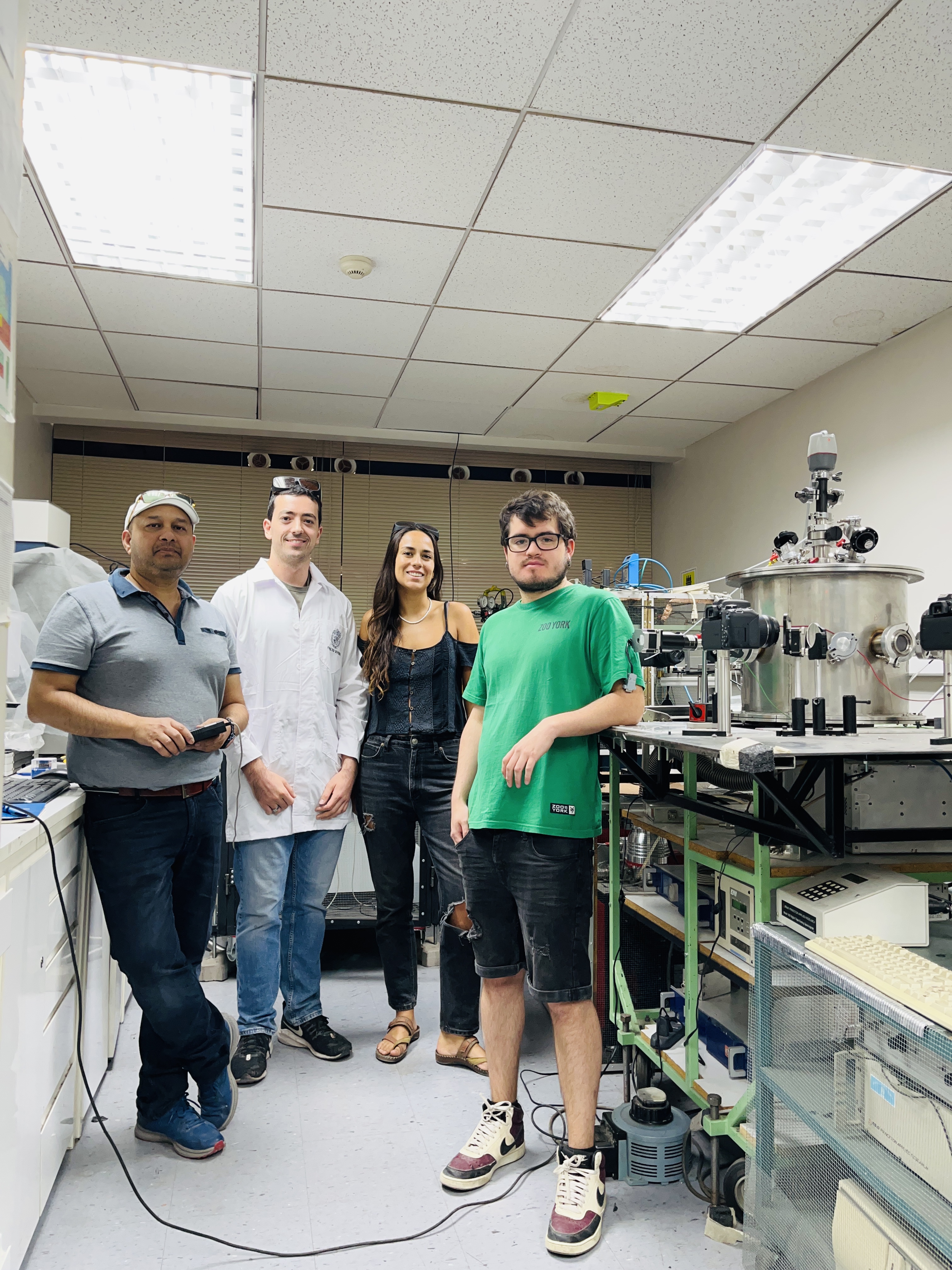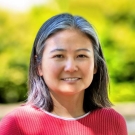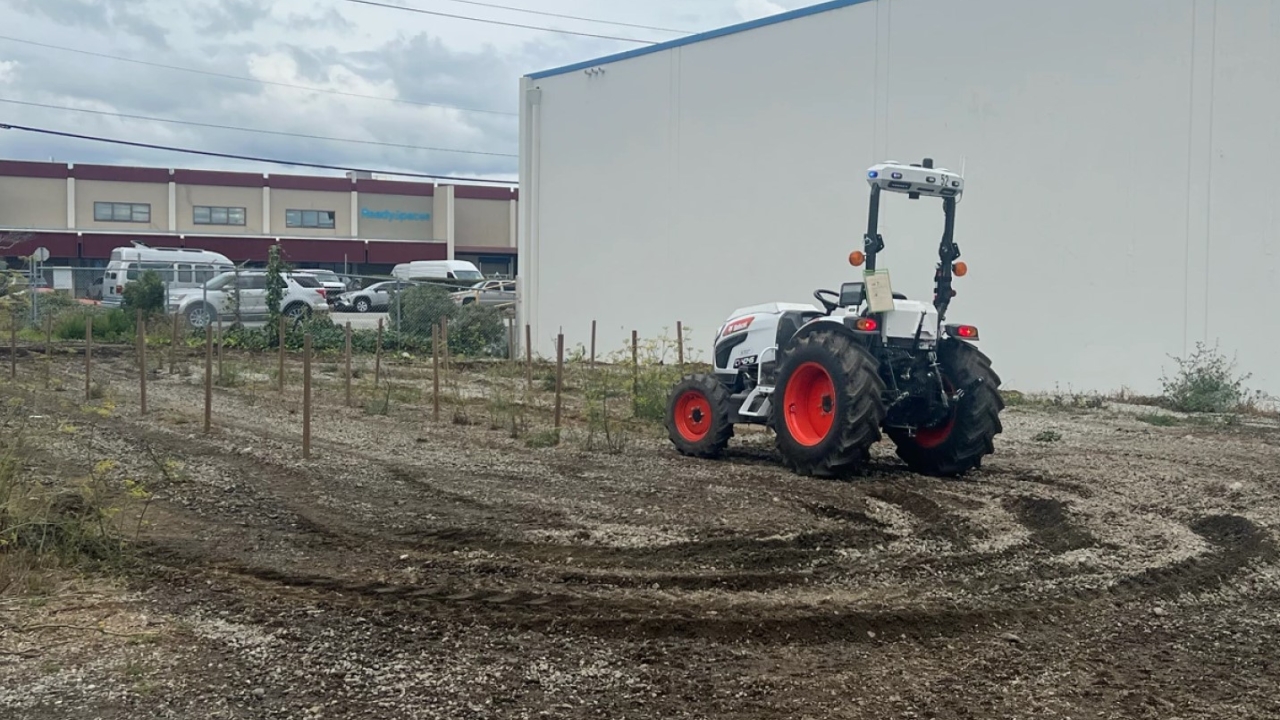From Sacramento to Santiago: Exploring Shared Solutions for Sustainable Energy
Global Affairs seed grant facilitates intercontinental materials science and engineering collaboration for energy-efficient technologies
When Yayoi Takamura, professor and chair of the Department of Materials Science and Engineering at the University of California Davis, traveled to Santiago, Chile, last fall, she was amazed at how similar it was to the Sacramento area.

"Santiago is in the middle of a flat valley with the Andes to the east, a lot like Sacramento has the Sierra," she said. "You go to the west over some small hills, and you get to the wine region — that's Napa — and then you go to the coast, you have Valparaiso, which is very much like San Francisco."
Takamura was in Santiago to meet with Heman Bhuyan, a professor of physics at Pontificia Universidad Catolica de Chile, to discuss collaborating on a project researching thin films of complex oxides like titanium dioxide and tantalum pentoxide for use in sustainable energy technologies, such as photovoltaic solar cells and batteries.
The promising project received a 2023-24 Seed Grant for International Activities from UC Davis Global Affairs. With this initial funding, Takamura and Bhuyan will collaborate across international borders to expand the fundamental knowledge of these complex oxides when they are synthesized at low temperatures.
These lower synthesis temperatures would enable the incorporation of these complex oxides on a wide range of supports, such as glass or flexible polymer substrates.

Bhuyan, an expert in plasma physics, has developed a plasma-enhanced pulsed laser deposition system that allows for synthesizing materials at temperatures as low as 300 degrees Celsius compared to 700 degrees Celsius needed for conventional pulsed laser deposition.
This advantage arises due to two radiofrequency sources that can control the characteristics of the plume — which is evaporated from the solid material and deposited onto the substrate material —instead of relying on the laser alone. The additional energy from the radiofrequency sources means that the substrate does not need to be heated to such high temperatures to achieve thin films with good crystallinity, or structural order.
The researchers aim to learn how the plasma-enhanced pulsed laser deposition conditions change the properties of the thin films and whether the materials are still good candidates for sustainable energy technologies.
In addition to what they hope to glean from the research, Takamura said she looks forward to welcoming Bhuyan or one of his graduate students to UC Davis, hopefully in the summer and returning to Santiago this fall. More than that, Takamura reflects that tackling a subject of shared interest with international researchers who bring their own unique perspectives will only continue to move the field forward.
"Different people have different viewpoints and different ways of approaching problems," she said. "Being able to see those different viewpoints is really valuable because when I'm just working on my own, I may just approach the project in the same way. Sometimes it just takes trying a different approach to break the boundaries and solve difficult problems."



















